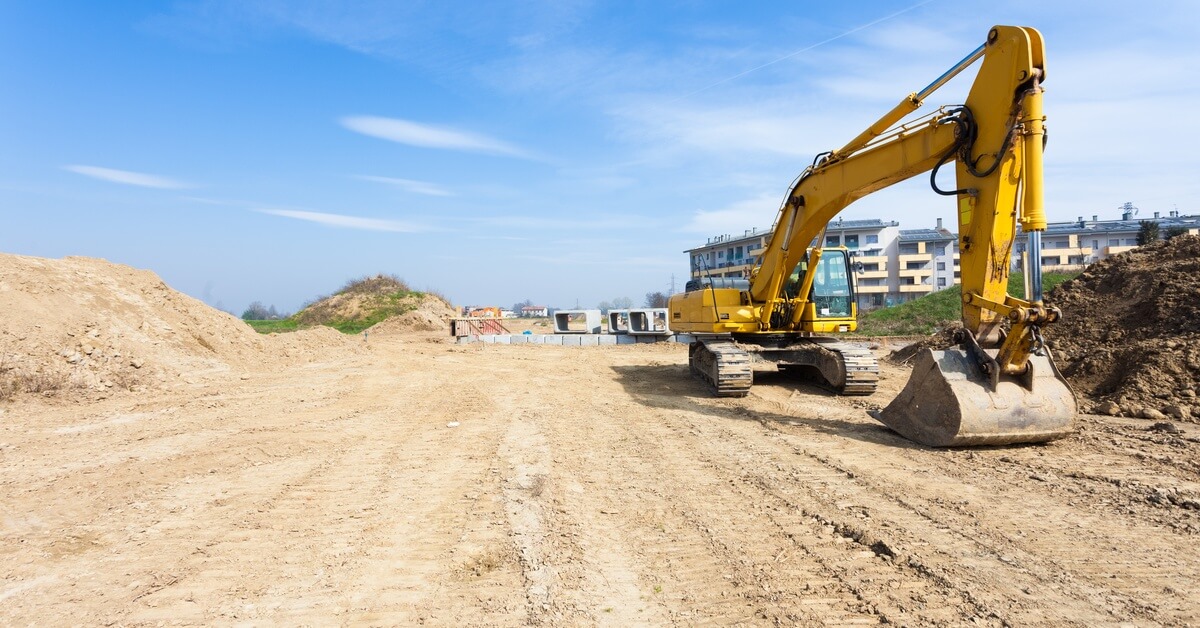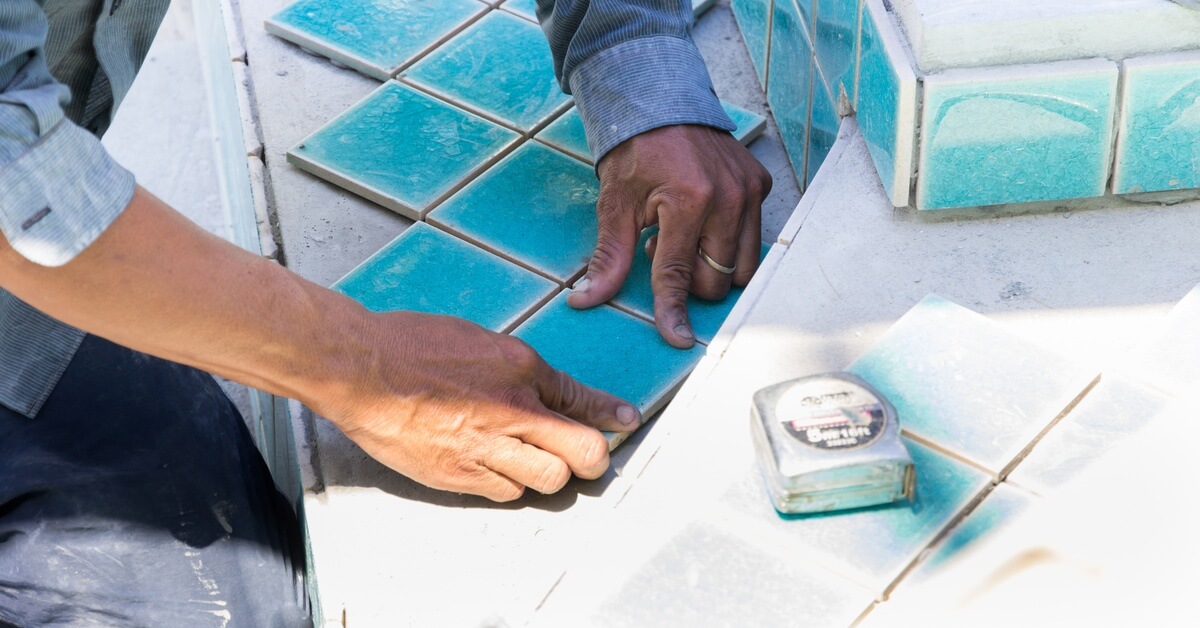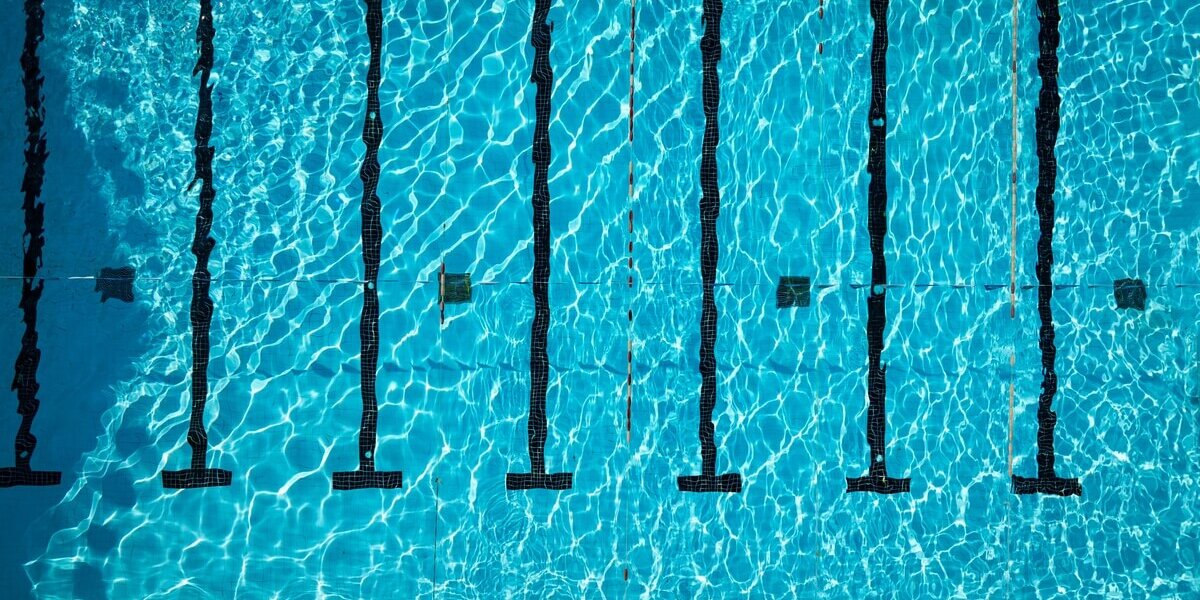Designing a commercial pool requires the right balance between technical precision and creative vision. Whether the pool is for a luxury resort, community recreation center, or competitive sports facility, its design must cater to diverse needs and usage scenarios.
Crafting such a space requires professionals to address critical elements such as site analysis, engineering integrity, material selection, and integration with the surrounding environment. Factors such as compliance with regulatory standards, long-term maintenance efficiency, and user safety are other important elements to consider. This guide for designing commercial pools from concept to completion will help you understand the steps required to turn a vision into reality.
Establishing Goals and Requirements
Establishing clear goals and requirements lays the foundation for a successful project. Define the primary purpose of the pool, whether it is for competitive swimming, recreational family use, therapeutic activities, or a versatile aquatic center serving multiple functions.
This decision will significantly influence key design aspects, including the pool’s size, depth, shape, and specific features such as lap lanes, shallow play areas, slides, or accessible ramps and lifts. Consider the target users and their needs, whether that includes professional athletes, children, seniors, or community members looking for leisure activities.
Collaborating With Industry Experts
Designing a successful commercial pool demands the expertise of a diverse set of professionals, including architects, engineers, construction contractors, and consultants. Engaging experienced industry experts ensures that the design adheres to local building codes, zoning laws, and high standards of safety and functionality.
Their specialized knowledge helps address the technical intricacies of pool design, such as structural integrity, water circulation systems, energy efficiency, and user accessibility, to create a pool that meets regulatory requirements. Effective collaboration fosters seamless communication that can identify potential issues during the planning and construction phases.
Site Evaluation and Feasibility Study
 A site evaluation and feasibility study determine the suitability of a location for the project and ensure its long-term success. This process involves detailed geotechnical assessments to analyze soil composition, stability, and hydrological studies to assess drainage patterns and groundwater levels. Environmental impact assessments evaluate interactions with local ecosystems, helping to mitigate potential risks.
A site evaluation and feasibility study determine the suitability of a location for the project and ensure its long-term success. This process involves detailed geotechnical assessments to analyze soil composition, stability, and hydrological studies to assess drainage patterns and groundwater levels. Environmental impact assessments evaluate interactions with local ecosystems, helping to mitigate potential risks.
Additional considerations include exposure to weather conditions, such as prevailing winds or frequent sunlight, which can affect the pool’s structural integrity and user experience. These evaluations allow informed decisions regarding design, construction methods, and selecting durable, appropriate materials to ensure a safe and sustainable outcome.
Crafting the Initial Design Concept
The initial phase of commercial pool design involves carefully considering aesthetic appeal, functionality, and alignment with the site’s overall brand identity to ensure the pool meets practical requirements. Advanced tools such as detailed 3D renderings and technical schematics allow investors to become visually immersed in the proposed design and make informed decisions about adjustments.
During this stage, discussions focus on incorporating features such as infinity edges for visual effects, customizable lighting options for ambiance, or artistic elements that add unique character to the pool. These aspects lay the foundation for a visually stunning and practical commercial pool that aligns with the vision and goals of the project.
Meeting Legal and Safety Standards
Ensuring compliance with local codes and safety regulations determines the success of a commercial pool project. From adhering to ADA accessibility guidelines to implementing lifeguard provisions, installing proper fencing, and ensuring marked emergency exits, every detail of the design must prioritize the safety of all users.
Collaborating with experienced professionals in commercial pool design is essential to meet these stringent standards and prevent costly mistakes. This approach guarantees a compliant and secure pool, minimizing liability risks for a safe environment.
Selecting Materials and Equipment
 Choosing the right materials and equipment to construct a pool is essential for durability, safety, and efficiency. High-quality materials such as nonslip and weather-resistant decking, reinforced concrete for structural integrity, durable pool liners to prevent leaks, and corrosion-resistant railings contribute to a long-lasting and secure pool environment.
Choosing the right materials and equipment to construct a pool is essential for durability, safety, and efficiency. High-quality materials such as nonslip and weather-resistant decking, reinforced concrete for structural integrity, durable pool liners to prevent leaks, and corrosion-resistant railings contribute to a long-lasting and secure pool environment.
Selecting advanced and reliable equipment maintains functionality and sustainability. By investing in superior materials and equipment, the project ensures quality construction and creates an environmentally friendly and low-maintenance swimming space.
Construction and Quality Assurance
During the construction phase, builders strictly adhere to the approved blueprints, ensuring that every detail aligns with the original design specifications. Regular inspections are essential to assess the pool’s structural integrity, confirm water resistance, and test the performance of installed equipment such as pumps, filters, and heating systems.
Precise communication and collaboration between construction teams, engineers, and project managers will prevent potential mistakes or delays, ensuring the project stays on schedule and within budget. The result of prioritizing quality assurance throughout the construction process is a durable, safe, and functional pool that meets the client’s expectations.
Finishing Touches and Aesthetic Enhancements
This stage involves selecting and installing high-quality tiles, elegant mosaics, and carefully curated materials that add personality to the design. Surrounding landscaping elements, such as lush greenery, stone pathways, or decorative planters, help integrate the pool seamlessly into its environment, creating a cohesive outdoor space.
Mood lighting enhances the pool’s ambiance, ensuring it becomes a captivating feature during evening hours. Additional personalized touches, such as cascading waterfalls, bubbling fountains, or unique sculptures, can elevate the pool’s distinctiveness. These aesthetic additions enhance the pool’s visual appeal and ensure a harmonious connection with the overall architectural theme of the property.
Operational Readiness and Maintenance Plans
Before opening the pool to the public, a comprehensive approach to operational readiness and maintenance is essential for long-term success. This involves rigorous testing of all systems, ensuring that pumps, filtration units, and heating mechanisms function optimally.
Water quality management is a priority to meet safety and health standards. Staff should undergo thorough training to familiarize themselves with operational protocols, emergency procedures, and customer service expectations. A detailed maintenance plan should include frequent inspections to identify potential issues early, regular cleaning schedules to maintain hygiene, and timely updates or repairs to critical systems.
Designing a commercial pool from concept to completion requires careful coordination, creativity, and precision. By understanding each component of the process and relying on experienced professionals, you can achieve a final product that is functional, visually stunning, and safe for all users. With a solid plan and dedicated execution, a well-designed commercial pool becomes a lasting asset and centerpiece for its facility.
























